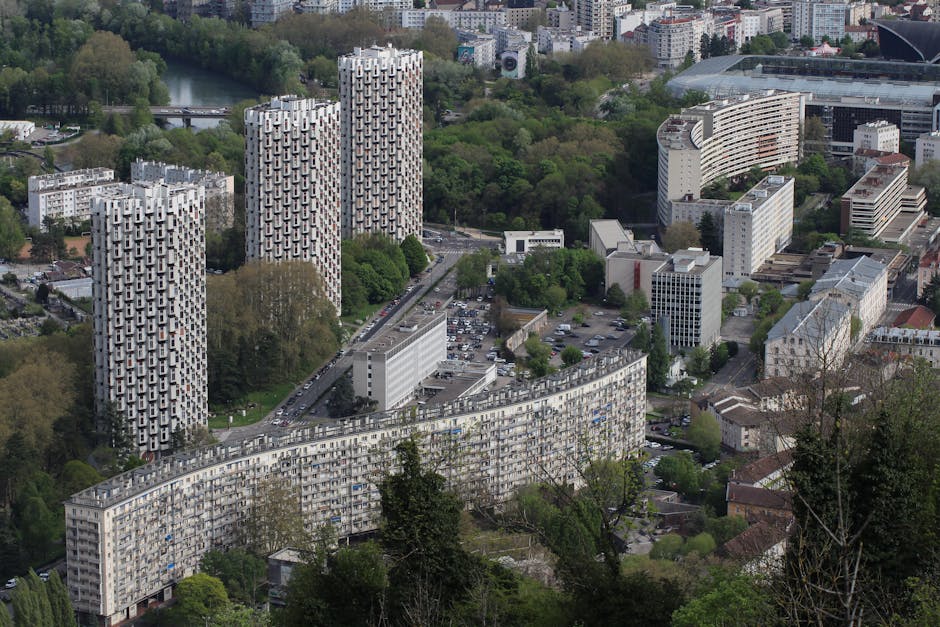
Exploring Espaces Verts: Unveiling the Benefits and Pros and Cons
What are Espaces Verts?
Espaces verts, meaning "green spaces" in French, refer to designated areas within urban environments that are dedicated to vegetation and recreational purposes. These spaces can take various forms such as parks, gardens, public squares, or even rooftop gardens. They are carefully designed to provide a breath of fresh air and tranquility for urban dwellers while promoting biodiversity and enhancing the overall quality of life.
Benefits of Espaces Verts:
1. Improved Physical and Mental Well-being:
Spending time in espaces verts offers numerous health benefits. These green spaces encourage physical activity, whether it's jogging, cycling, or simply taking a leisurely stroll. Engaging in outdoor activities helps combat sedentary lifestyles and promotes better cardiovascular health. Additionally, studies have shown that being surrounded by nature reduces stress levels, improves mood, and boosts overall mental well-being.
2. Enhanced Environmental Sustainability:
Espaces verts play a vital role in mitigating pollution and combating climate change. They act as natural air purifiers by absorbing carbon dioxide and releasing oxygen, thereby improving air quality. These green areas also contribute to temperature regulation by reducing the heat island effect in cities. Furthermore, espaces verts foster biodiversity by providing habitats for various plant species and attracting wildlife.
3. Social Cohesion and Community Engagement:
Parks and other espaces verts serve as gathering places for communities to connect and engage in recreational activities. They provide spaces for social interactions, family outings, and community events. These green areas promote a sense of belonging and unity among residents, fostering social cohesion and strengthening community ties.
Pros and Cons of Espaces Verts:
Pros:
1. Aesthetic Appeal: Espaces verts enhance the visual appeal of urban landscapes, transforming concrete jungles into vibrant green oases.
2. Relaxation and Recreation: These green spaces offer opportunities for relaxation, picnics, sports, and other recreational activities.
3. Educational Value: Espaces verts often feature botanical gardens or interpretive trails, providing educational experiences about nature and biodiversity.
Cons:
1. Maintenance Costs: Creating and maintaining espaces verts require significant financial investment, including regular upkeep, landscaping, and irrigation expenses.
2. Limited Space: In densely populated urban areas, finding suitable land for creating espaces verts can be challenging due to space constraints.
3. Safety Concerns: Some espaces verts may face safety issues such as vandalism, drug use, or inadequate lighting, which can deter people from utilizing these spaces.
Espaces verts hold immense value in our increasingly urbanized world. From improving physical and mental well-being to fostering environmental sustainability and social cohesion, these green spaces bring numerous benefits to individuals and communities alike. While there are some associated challenges like maintenance costs or limited space availability, the positives far outweigh the negatives. It is crucial for urban planners and policymakers to prioritize the creation and preservation of these valuable espaces verts to ensure a greener future for generations to come. So go ahead, explore your local green spaces and experience the wonders they have to offer!
